WORKPLACE CONFLICT
Conflict in the workplace can be positive (functional conflict) or negative (dysfunctional conflict). Many of us avoid conflict because we presume it to be a negative behavior. In the workplace, functional conflict can lead to new ideas, stimulate creativity, motivate change, help establish a worker’s identity, present itself as a precursor to bigger problems within the organization, and it can energize the organization. Dysfunctional conflict can divert energy from work outputs, threaten a team’s psychological well-being, waste resources, create a negative work climate, break down group cohesion, and increase worker hostility and aggression.
When diagnosing conflict as functional or dysfunctional, we need to discover the issues, the context of the conflict, and the individuals or groups involved. By applying the investigative questions below, the manager/leader may be able to diagnose the nature of the conflict more efficiently.
- Are the parties approaching the conflict from a hostile standpoint?
- Is the outcome likely to be a negative one for the organization?
- Do the potential losses of the parties exceed any potential gains?
- Is energy being diverted from goal accomplishment?
Logically, we would assume that if a majority of the answers to the questions are yes, the conflict is dysfunctional. However, it can be difficult to make that determination due to the involved person’s perceptions. In other words, one person’s functional conflict may be another persons’ dysfunctional conflict. When this disconnect of perception occurs, the conflict can escalate and become personal and more confrontational.
In most cases, conflict in the workplace occurs either because of structural factors or personal factors. Examples of structural factors include disagreement among experts, the interdependence of work outputs, limited resources and resource allocation, unaligned goals, confusion over authority and their relationships, incongruent status differences, and jurisdictional ambiguities. Examples of personal factors might be reflected in one’s level of skill and ability, personality, perceptions, values and ethics, emotions, communication barriers, and cultural differences. Cultural differences can be challenging in Southwest Florida because we are such a melting pot with people from across the United States and the world. It is important for American managers to realize the additional pressures of cultural differences as we attempt to balance task and interpersonal relations.

Mike “Q” Quaintance, MBA – Business Department Chair, Keiser University – Ft. Myers






 My instructors believed in me. They were more than instructors, they tried to get to know you as a person and tried to understand your goals so they could push you towards them. Student services helped me find a job before I even graduated. Everyone was dedicated to my overall success.
My instructors believed in me. They were more than instructors, they tried to get to know you as a person and tried to understand your goals so they could push you towards them. Student services helped me find a job before I even graduated. Everyone was dedicated to my overall success.
